
Congratulations on the decision to launch your own business. It was a difficult process to overcome, but owning a gym business can flourish over time with proper equipment and management. It can be difficult to guess exactly which equipment you may need for your site before opening, as you may not know the interests and fitness level of your potential members. The key is to have a diversified workout atmosphere and to combine it with a healthy and organized culture. To get you started, we will list the 16 most important equipment and 1 critical item below.
Free Weight, Machines, and Cardio Equipment
- Training Bench

The most versatile of equipment, a training bench can be used for many exercises and can be paired with dumbbells, barbells, resistance bands, etc.
- Dumbbell set

When thinking of a gym, the most iconic image that can come to mind in advertising is patrons facing a mirror and performing dumbbell exercises. Your members will be looking for this.
- Treadmill

Treadmills are widely marketed in the media as the most common cardio equipment for a reason. An article on Healthline explains the flexibility and popularity of treadmills.
- Stationary bicycle
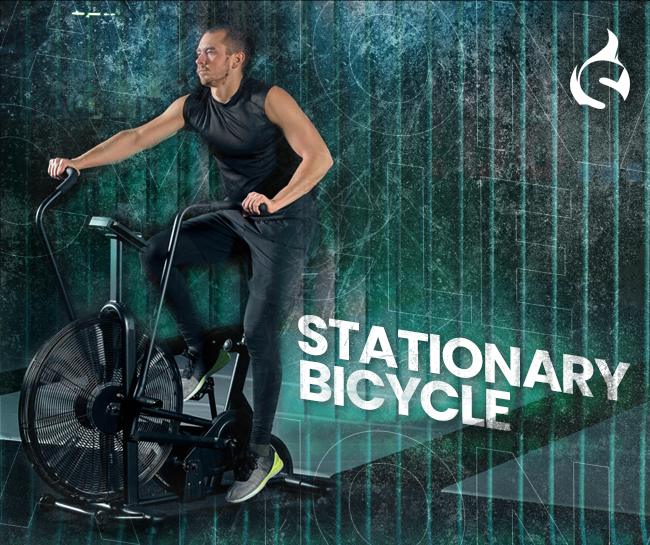
Bikes are one of the most important gym essentials, as they can be monetized in many different ways, including high-intensity group cycling classes.
- Barbell sets

Complimentary to your dumbbell sets, barbells are a great addition to your gym equipment repertoire as they can be used with a variety of other equipment and workouts. Free weights add professionalism and also add options to your trainers for their clients.
- Rowing machine

Although this is seen as a more niche workout, having one or two of these machines will add variety to your members’ workout routine.
- Low-impact treadmills

Plantar fasciitis, knee pain, and other joint pain affect over 25% of Americans, Low-impact treadmills are a useful and marketable tool for your business that will increase membership rates amongst this group.
- Ellipticals
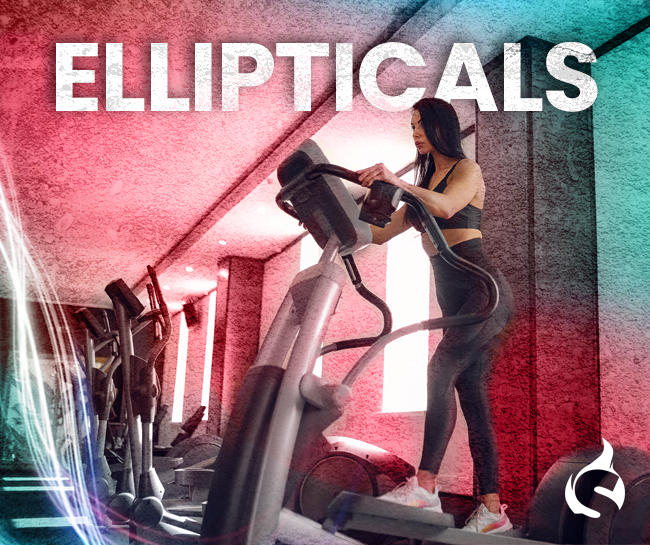
Widely known for its effectiveness in burning calories and developing grip and arm strength, the elliptical is a piece of unique cardio equipment that you may need in many spots and consider one of the Gym essentials.
- Other cardio equipment

Depending on your area, you may need to expand further from the cardio equipment mentioned above, and it is good to gauge what your clients and staff are requesting. You may need a different machine down the line, such as a stair-climber.
Open Area Equipment
Make sure that your gym includes an open area where members can take their stretching and training equipment, which does not include free weights. This area can be designated for stretches, bodyweight exercises and even be used as a training ground for one-on-one sessions between members and trainers. Below are some suggestions :
- Stability balls

Training balance is extremely important. Whereas there will be members who are only there to train their strength, there will be a large part of patrons who understand that stability balls are very versatile and can be combined with any number of the equipment below to increase the difficulty of their workout.
- Medicine balls

Very important for training both strength and range of motion, medicine balls provide a great workout alternative
- Battle ropes

Another piece of equipment that is highlighted by various media and commercials. Battle ropes double as both equipment and a goal; properly training with battle ropes is a very advanced method that one can aspire to.
- Suspension trainers

It is Important for core exercise, a part of the body is always attached to. Hanging from the suspension trainer – making it an extremely important bodyweight exercise.
- Resistance bands
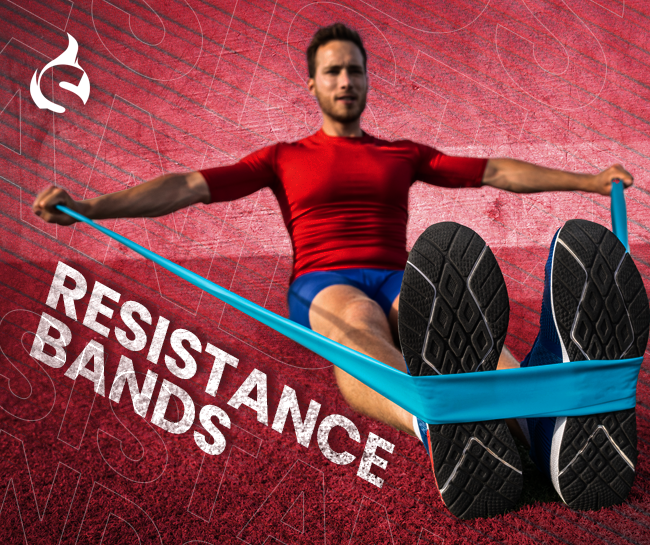
These bands are extremely important, especially since most gyms partner with, or have in-house, a physiotherapist. The number one take-home exercise that is recommended to their patients will usually include resistance bands.
- Mats
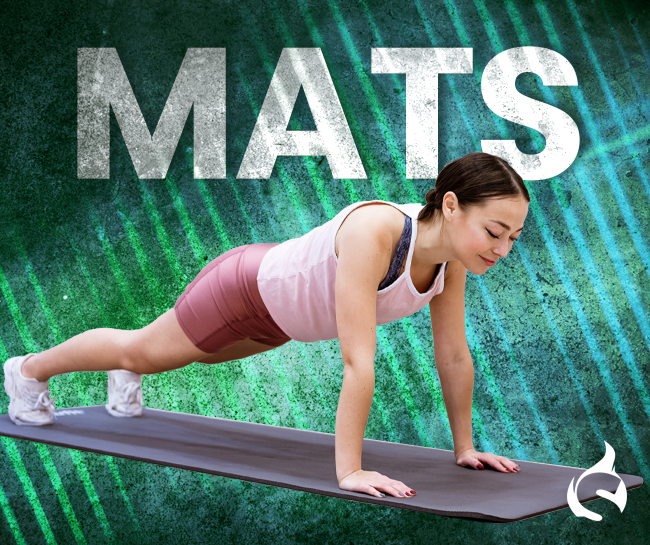
Mats are often overlooked, mats are equipment that is missed when they are not there. Various body exercises and stretches need to be done on the floor, and this also includes the popular Pilates and Yoga disciplines.
- Gym management software
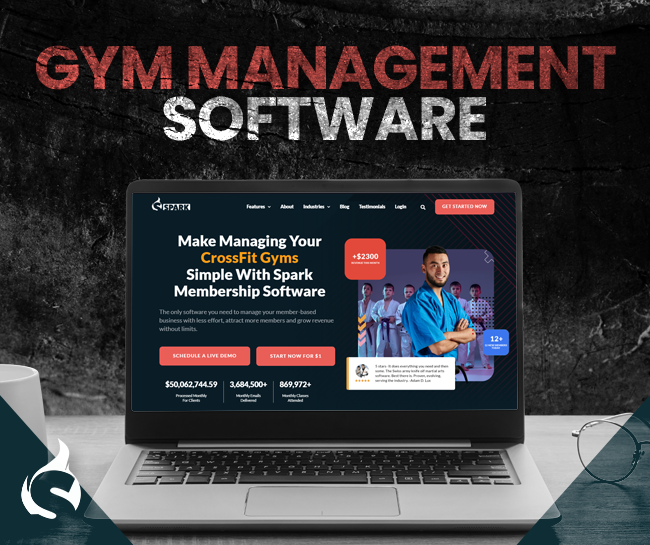
Most businesses fail to effectively launch due to logistical and marketing issues. The list has saved the most important for last. Having equipment is important for your members to work out with. If no one shows up, then the business cannot be successful. The most important of gym essentials needs to include management software that can enroll members, market and re-market, schedule your staff, get referrals, offer family plans, and overall help you run your business. Spark Membership is the best gym management software on the market, and you can give them a try for just $1, all from your smartphone.